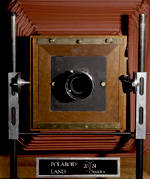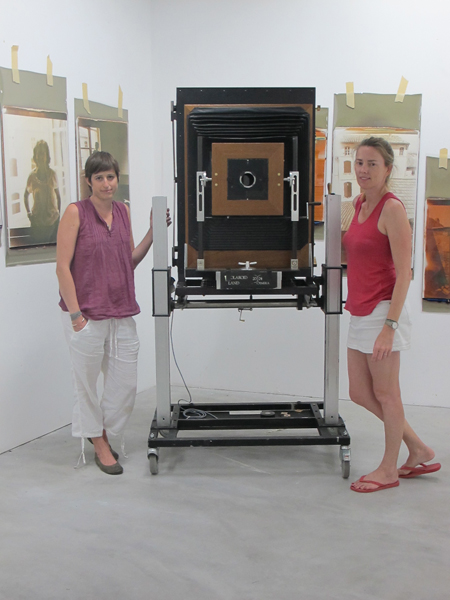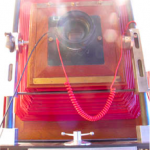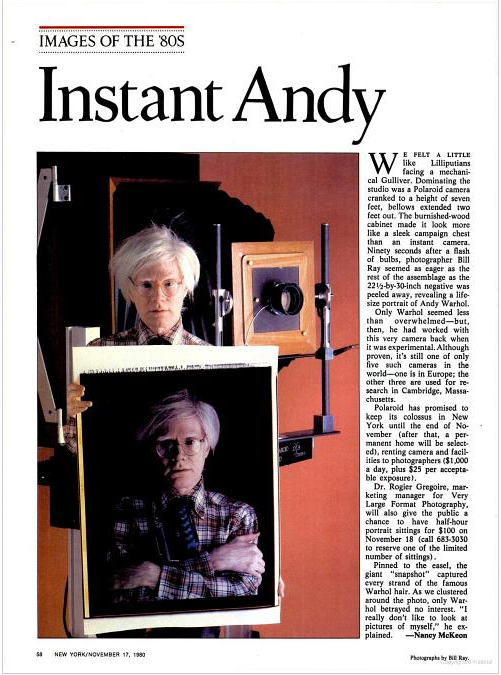Impossible Works
Impossible Works is dedicated to the creation, support and presentation of analog instant photography made on Impossible instant films. Impossible Works will provide and explain these new generation instant films to selected photographers and partners, reconnecting established artists and promising photographers around the world with one of the most magic and unique analog photographic materials in order to pursue the basics of the former Polaroid Collection. Dr. Florian Kaps : “I’m pleased to delegate Valerie Hersleven with the direction of Impossible Works. With her international profile and professional knowledge of the creative community, I’m that she is the perfect choice to accompany the photographers into their projects based on Impossible films, cooperating with a steadily growing network of worldwide curators from all kind of genres.”
20×24 Polaroid Camera
For its artistic collaborations, Impossible Works will provide all kinds of vintage Polaroid cameras, amongst them one of the unique and rare Polaroid 20×24 cameras. The first 20×24 Polaroid camera was built in 1977 based on the design of Dr. Edwin Land, founder of Polaroid. These cameras weigh over 200 kg, are made of wood, and produce large format instant film images (20 x 27 1/2 inch) of such quality, that even upon close inspection do not show any film grain. In 2011, only seven of these cameras still exist; five of them are still being used. Jan Hnizdo, an acknowledged photographer and former 20×24 camera operator for Polaroid made this unique camera available for Impossible Works.
Impossible Works will make this camera as well as the new generation of 20×24 Impossible integral film available to instant artists all over the world, continuing the former Polaroid Collection principles.
Valerie Hersleven
A photographer’s agent since 1997, starting in London and then moving to Paris, Valerie Hersleven has exercised her profession passionately. Representing the work of photographers in fashion and advertising, Valerie has always valued the entire range or creative work that opens up new territories. Valerie is the great granddaughter of the photographer Jacques Hersleven (1880-1967), whose work of 30.000 photographs is in the hands of the Royal Institute of Artistic Heritage Belgium www.kikirpa.be. “Having grown up surrounded by photographers, the world of photography is more than familiar and stimulating to me.”
Jennifer Trausch
Operating the 20×24 Polaroid Studio in Manhattan (Partner of Impossible Works) together with John Reuter, Jennifer operated 8×10 Cameras and the 20×24 Camera for artists such as Chuck Close, Mary Ellen Mark, and Julian Schnabel. When not pushing large cameras through America, Jennifer can be found lecturing and sharing her passion for all aspects of instant photography. For Impossible Works, Jennifer plays a key role in guiding photographers worldwide into the fascinating but challenging world of instant photography. With her extensive expertise and unique insight on this unique medium, Jennifer is able to guide artists towards the possibilities and yet to be discovered techniques of this miraculous format. Jennifer Trausch : “I am very pleased to be part of this new art project and hope to be a guiding tool to all artists using the 20×24 Polaroid Camera and all new, exciting Impossible film formats.”







